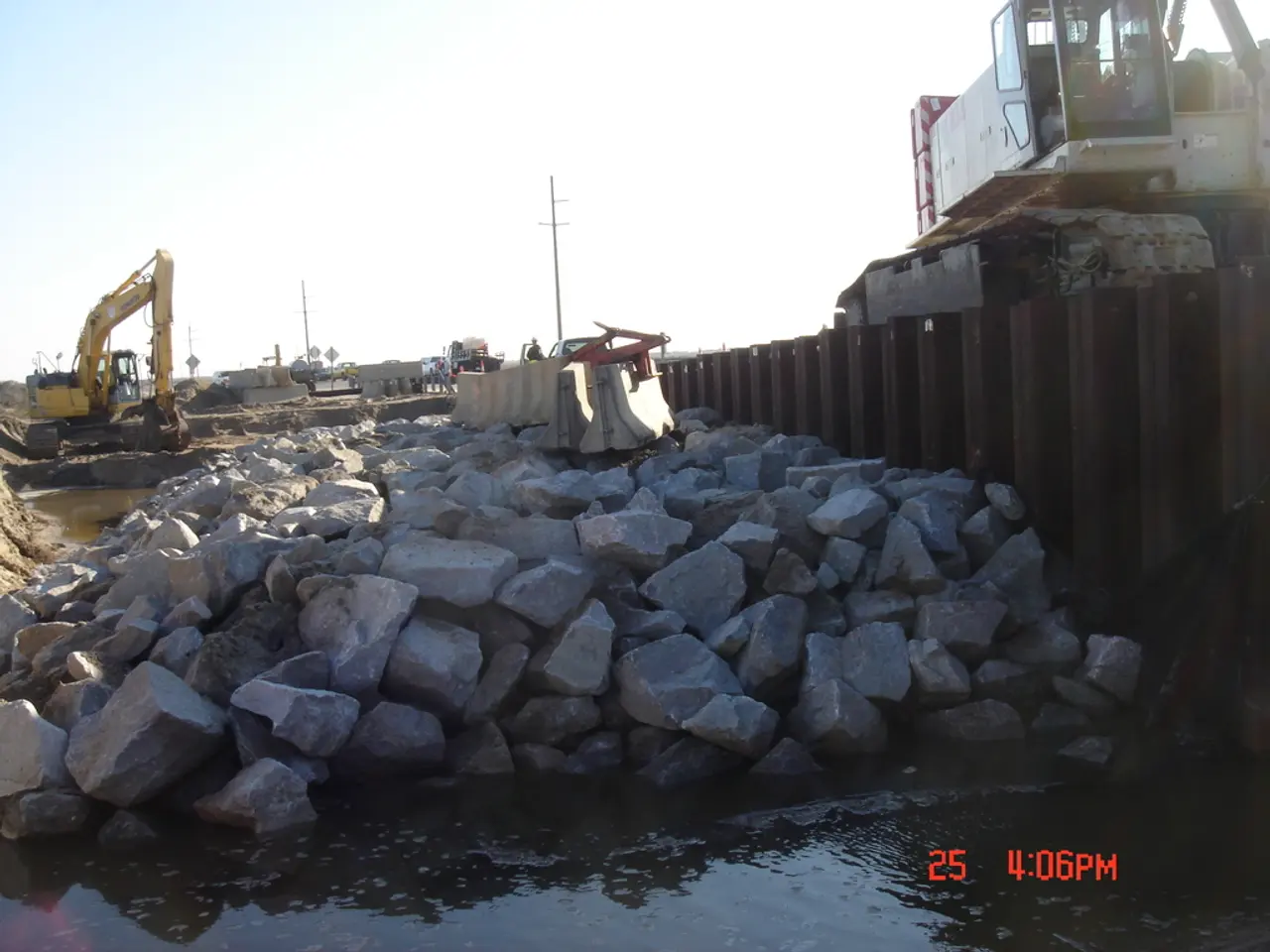Earth Layers' Dynamic Action
====================================================================
Learning about the Earth's layers can be a fun and educational experience for kids, and there are a variety of hands-on activities available to help them understand this fascinating subject.
One such activity involves creating a Layers of the Earth Worksheet, glue, and colored sand or markers. This activity allows children to visually represent the Earth's layers, including the crust, mantle, and core. By adding glue to each section of the design and sprinkling with different colors of sand or glitter, kids can create a physical representation of the Earth's layers.
For those who prefer a more tactile approach, building a 3D layered Earth model using clay or colored playdough can be a great alternative. This activity helps kids visualize the Earth’s structure physically, with each layer having a different color and size to illustrate thickness and composition differences.
Another engaging activity is the mason jar layer project, where children layer different colored substances or materials (such as sand, soil, and oils) in a clear jar to simulate the Earth's distinct layers. This allows kids to see the stratification visually and understand layer separation.
For younger children, using a sandwich as an analogy for the layers of the Earth can be a simple and relatable way to conceptualize the layers. With bread as the crust, fillings as the mantle, and the center as the core, kids can easily understand the concept of Earth's layers.
Printable accordion-style foldables can also be used to reinforce the structure and order of layers. These tactile activities allow kids to label and fold sections for the crust, mantle, outer core, and inner core, helping them to remember the names and properties of each layer.
Interactive digital simulations can also be used to enhance learning about the Earth's layers. Some apps and online tools provide drag-and-drop experiments for kids to simulate volcanic eruptions, understand pressure build-up, and magma movement through Earth’s layers. This shows the dynamic nature of the mantle and core.
These activities combine crafting, visual aids, and interactive technology to engage kids with different learning styles, making the concept of Earth’s layers clearer and memorable.
The Printable Geology Activities Pack includes a variety of hands-on learning activities exploring crystals, rocks, and volcanoes, mini-packs to learn about soil layers, layers of the Earth, and the rock cycle, additional materials like vocabulary words, fun games, projects, and dioramas to build models including rock cycle, soil layers, and layers of the Earth. This pack is included in the Spring STEM Pack.
The activity is categorized as a STEAM activity (Science + Art), encouraging children's passion for exploring, learning, and collecting with hands-on activities.
It's important to note that the inner layer of the Earth, consisting of solid iron and nickel, is under immense pressure and has temperatures reaching up to 5,500 degrees Celsius. The outer core is composed of liquid iron and nickel, while the mantle is composed of hot, ductile rock that flows slowly over time, responsible for the movement of tectonic plates. The lower mantle is composed of solid rock that flows very slowly over long periods.
When the mantle pushes through the crust, volcanoes erupt. Scientists study the Earth's mantle by examining earthquakes and analyzing how seismic waves move through rock. The outer core generates the Earth's magnetic field through the dynamo effect.
In conclusion, these engaging and educational activities provide a fun and interactive way for kids to learn about the Earth's layers, helping them to understand and remember the structure, properties, and dynamics of the Earth's core, mantle, and crust.
- Creating a Layers of the Earth Worksheet, accompanied by glue and colored sand or markers, is a visual representation of the Earth's layers for kids, including the crust, mantle, and core.
- Building a 3D layered Earth model using clay or colored playdough is an alternative to help kids visualize the Earth’s structure physically, with each layer having a different color and size to illustrate thickness and composition differences.
- The mason jar layer project allows kids to see the stratification visually and understand layer separation, by layering different colored substances or materials in a clear jar.
- Using a sandwich as an analogy for the layers of the Earth is a simple and relatable way for kids to understand the layers, with bread as the crust, fillings as the mantle, and the center as the core.
- Printable accordion-style foldables can reinforce the structure and order of layers, as kids label and fold sections for the crust, mantle, outer core, and inner core.
- Interactive digital simulations, such as certain apps and online tools, can simulate volcanic eruptions, understand pressure build-up, and magma movement through Earth’s layers, showing the dynamic nature of the mantle and core.
- The Printable Geology Activities Pack includes various hands-on activities and projects, like crystal exploration, rock modeling, volcano experiments, and learning about soil layers, layers of the Earth, and the rock cycle, promoting hands-on STEAM (Science + Art) learning for kids.




